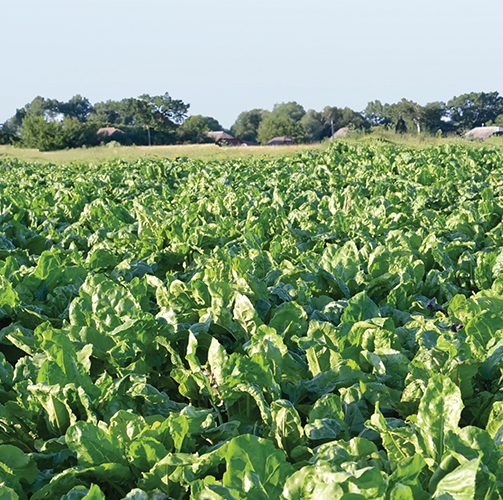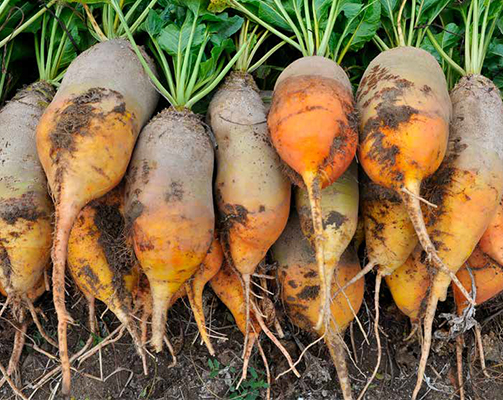The Basics of Growing Fodder Beet
Words by Alice Scott
As winter ends, lambing and calving are underway and thoughts turn to the next few months and setting up the farm for next winter.
Invercargill-based agronomist Trevor Todd says paddock selection, the type of crop to be grown and what inputs and what advice is needed are next on the agenda. “Paddock selection, including soil type and location on-farm as well as soil testing, were hopefully done several months ago, with recommendations and plan already set in place to address any fertility issues as well as a plan for what is being sown and when.”
Fodder beet does not like low ph soils, so correcting this early is essential. A Farmlands TFO can give advice on the correct fodder beet cultivar for stock. “There are varieties ranging from low dry matter grazing cultivars through to ones suitable for lifting.
“Previous crop and chemical history should also have been discussed, as both these can affect any following crop. Certain chemicals can have a detrimental effect on fodder beet,” Trevor says.
Trevor notes that multi-cropping can present issues around plant health and increase the risk of disease as well. Spraying the paddock targeting both grass and broadleaf weeds is followed by working the paddock and incorporation of fertiliser required to establish the crop.
Hopefully this is done four to six weeks prior to the crop going in. Ideally prepare a fine, firm seed bed; this will give the best result in terms of plant establishment and weed control going forward. “Uneven and cloddy seed bed preparation is a potential recipe for disaster,” he says.





